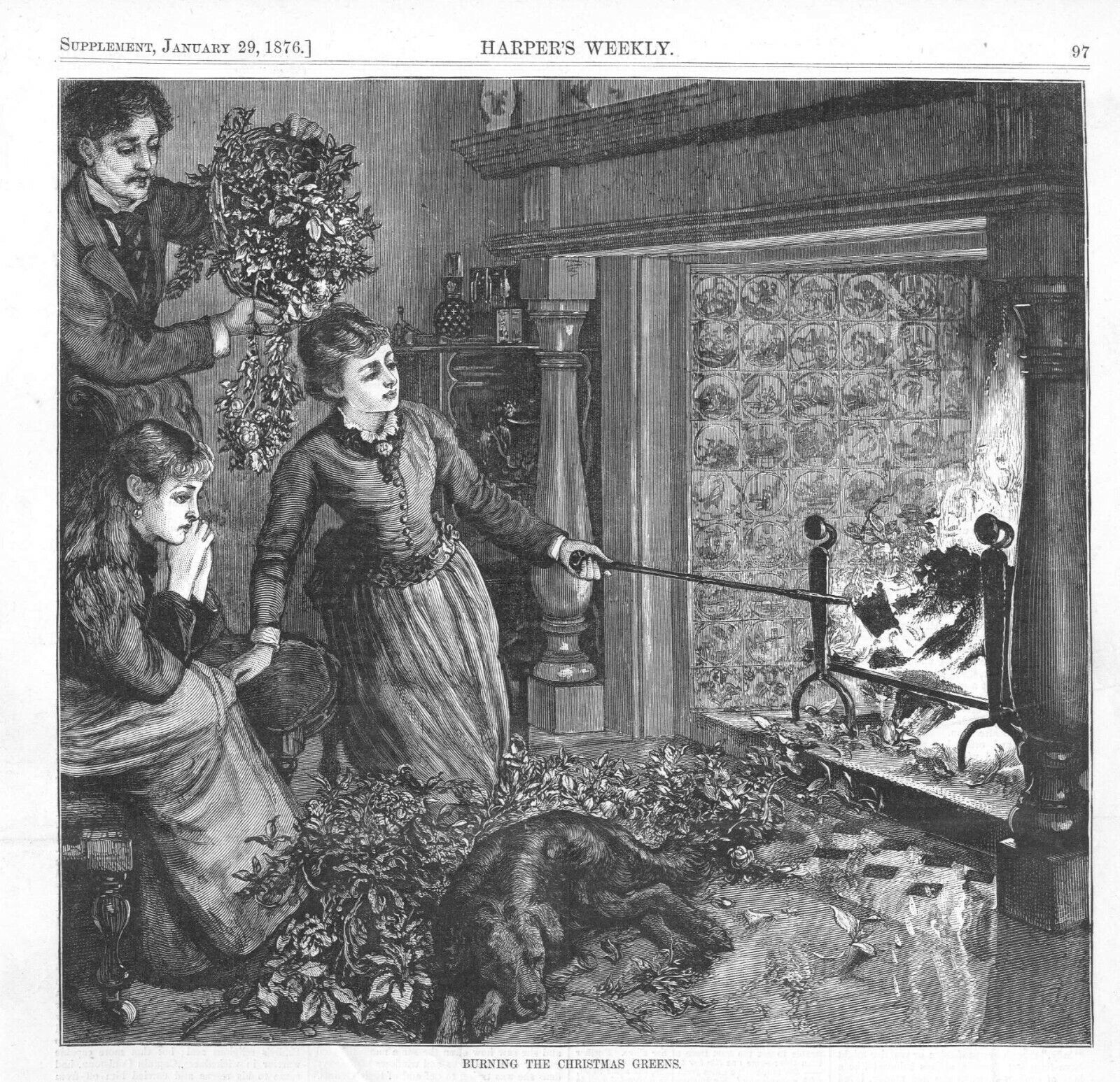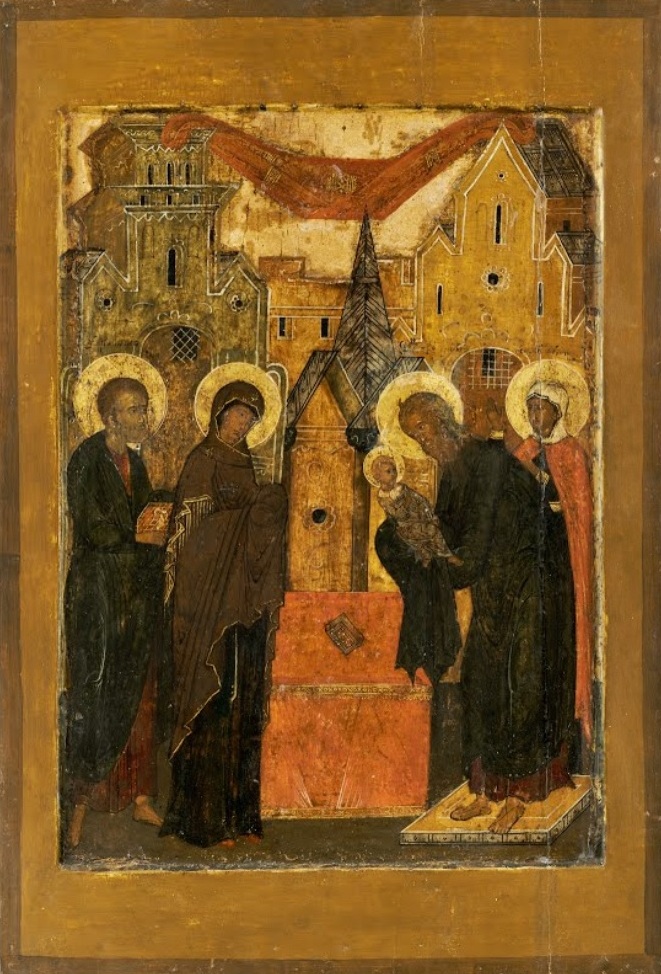Whereas in our present age it’s common for families to take down their Christmas decorations on Twelfth Night (January 5) or Epiphany (January 6)—and many American Christians do so even sooner—in medieval Europe they typically stayed up through Candlemas on February 2, or were removed the evening before. Yes, Christmas was celebrated for forty days in the Middle Ages! Why that span? Because forty days after his birth, the infant Christ was presented in the temple according to Jewish custom and inspired the famous song of Simeon about finally getting to see God’s salvation and glory. The feast of Candlemas commemorates this event each year, which many medieval worshipping communities regarded as the bookend of the Christmas season.
In her book Winters in the World: A Journey through the Anglo-Saxon Year, Eleanor Parker notes that Candlemas is the last feast of winter and the first feast of spring—a transitional festival that looks back to Christmas and forward to Easter (86). The date coincides with a significant point in the solar year: midway between the winter solstice and the spring equinox. Read more in an UnHerd article by Parker, “Light a candle; spring is coming.”
So as we celebrate Candlemas this Friday, we bid farewell to Christmas and prepare to welcome Lent. The Chorus of Westerly models a respectful send-off in a video they released in January 2021, combining a choral performance of the “Candlemas Eve Carol” with a recitation by James Lawson of “Now Have Good Day”—both texts from early modern England.
The text of the first carol, originally published with the title “Ceremonies for Candlemasse Eve,” is by the poet-priest Robert Herrick (1591–1674), and the tune is traditional, collected from an old church gallery book; the two appear together in The English Carol Book (Second Series) (1923), edited by Martin Shaw and Percy Dearmer. The Chorus of Westerly sings the first two stanzas and refrain:
Down with the rosemary and bays,
Down with the mistletoe;
Instead of holly, now upraise
The greener box (for show).The holly hitherto did sway;
Let box now domineer
Until the dancing Easter day,
Or Easter’s eve appear.Thus times do shift; each thing his turn does hold;
New things succeed, as former things grow old.
Herrick describes the English family tradition of taking down the Christmas greens—rosemary, bay, mistletoe, holly—on Candlemas Eve, replacing them with boxwood, which would stay up for the duration of Lent.

The remaining three stanzas move through the rest of the church year, associating yew with Easter, birch with Pentecost, and rushes and oak with Ordinary Time. The changing of seasonal decorations becomes for Herrick an emblem of the transience of life.
As the choir hums wistfully on, Father Christmas appears, giving this speech (the bracketed annotations are by Eleanor Parker):
Now have good day, now have good day!
I am Christmas, but now I go my way.Here have I dwelt with more and less [i.e., everyone]
From Hallowtide till Candlemas,
And now I must from you hence pass;
Now have good day!I take my leave of king and knight,
Earl and baron, and lady bright;
To wilderness I must me dight; [I must prepare myself to go into the wilderness]
Now have good day!And of the good lord of this hall
I take my leave, and of guests all;
Methinks I hear that Lent doth call;
Now have good day!. . . . . . . . . . . . . . . . . . .
Another year I trust I shall
Make merry in this hall,
If rest and peace in our fair land may fall;
Now have good day!. . . . . . . . . . . . . . . . . . .
Now fare ye well, all in fere; [together]
Now fare ye well for all this year;
Yet for my sake make ye good cheer;
Now have good day!
This sixteenth-century carol is compiled in the commonplace book of the London merchant Richard Hill (Oxford, Balliol College MS 354).







